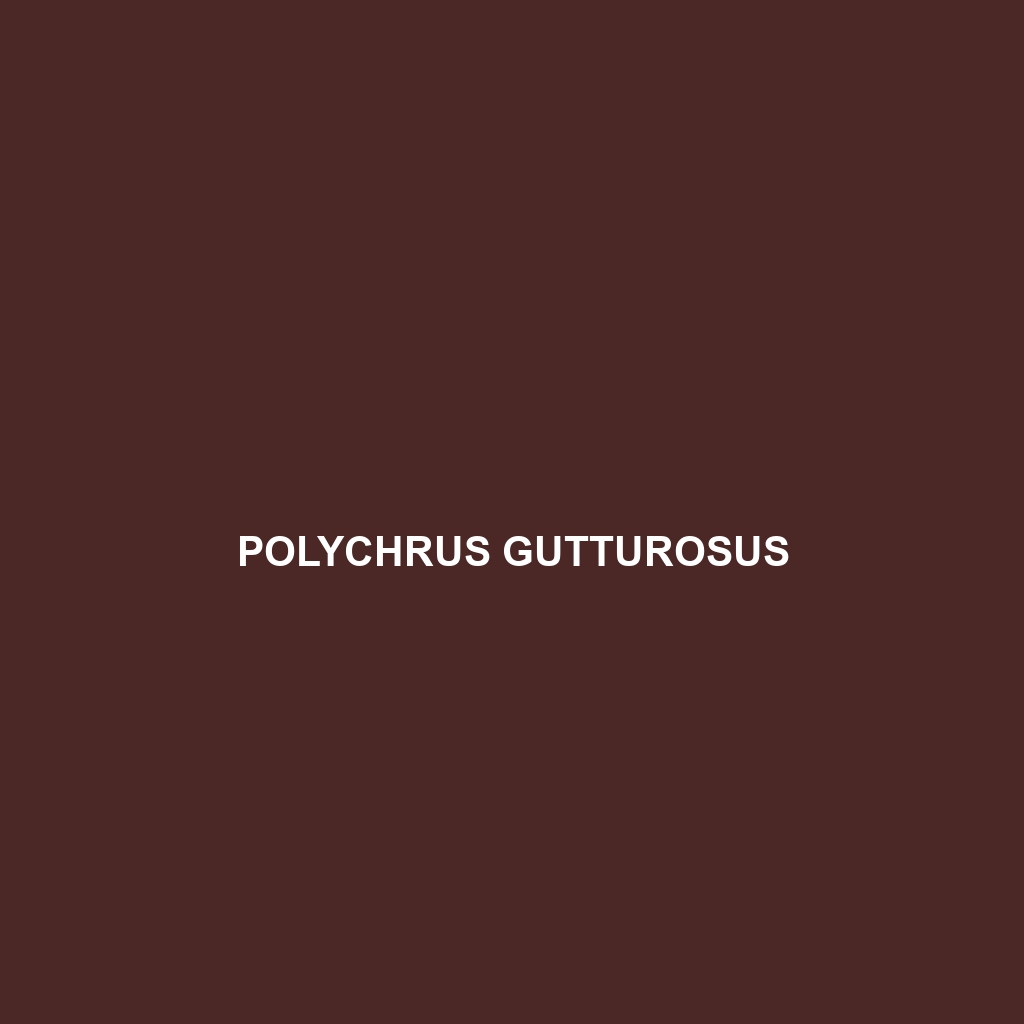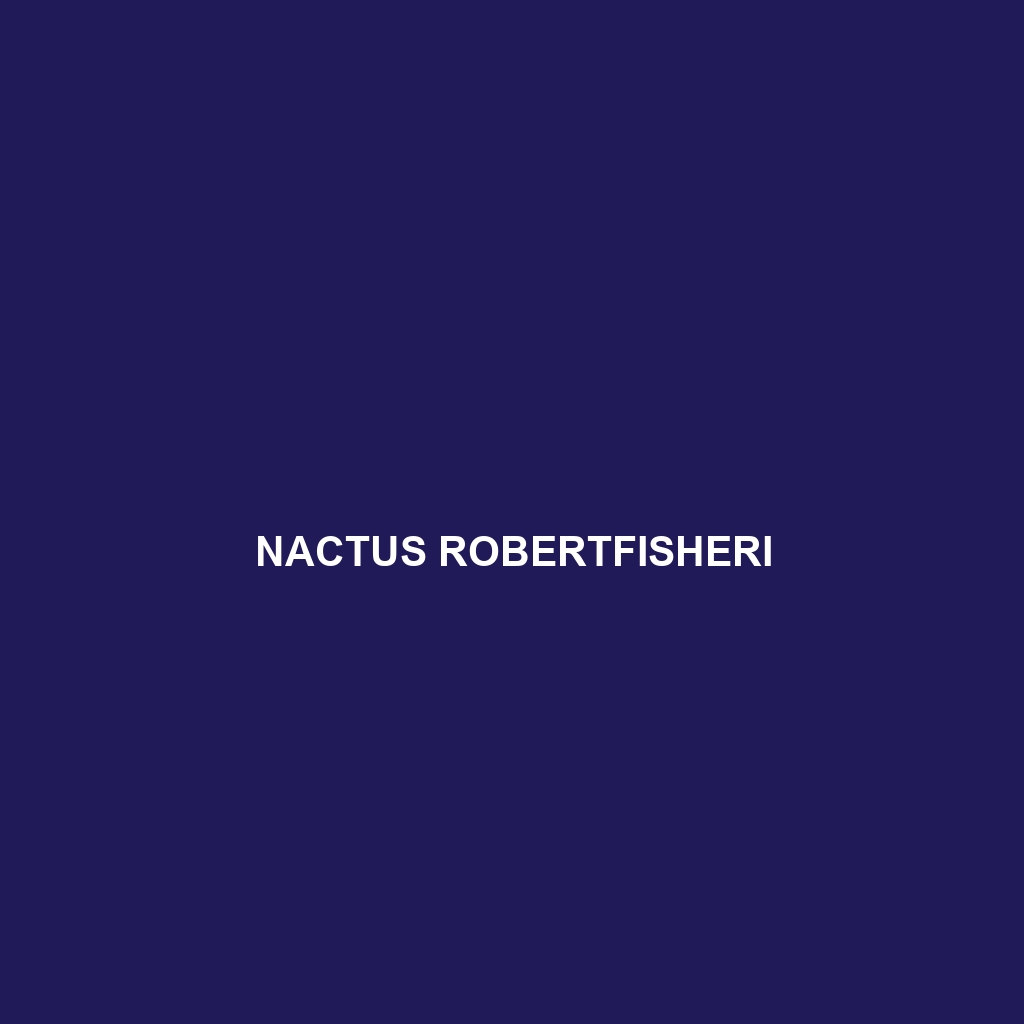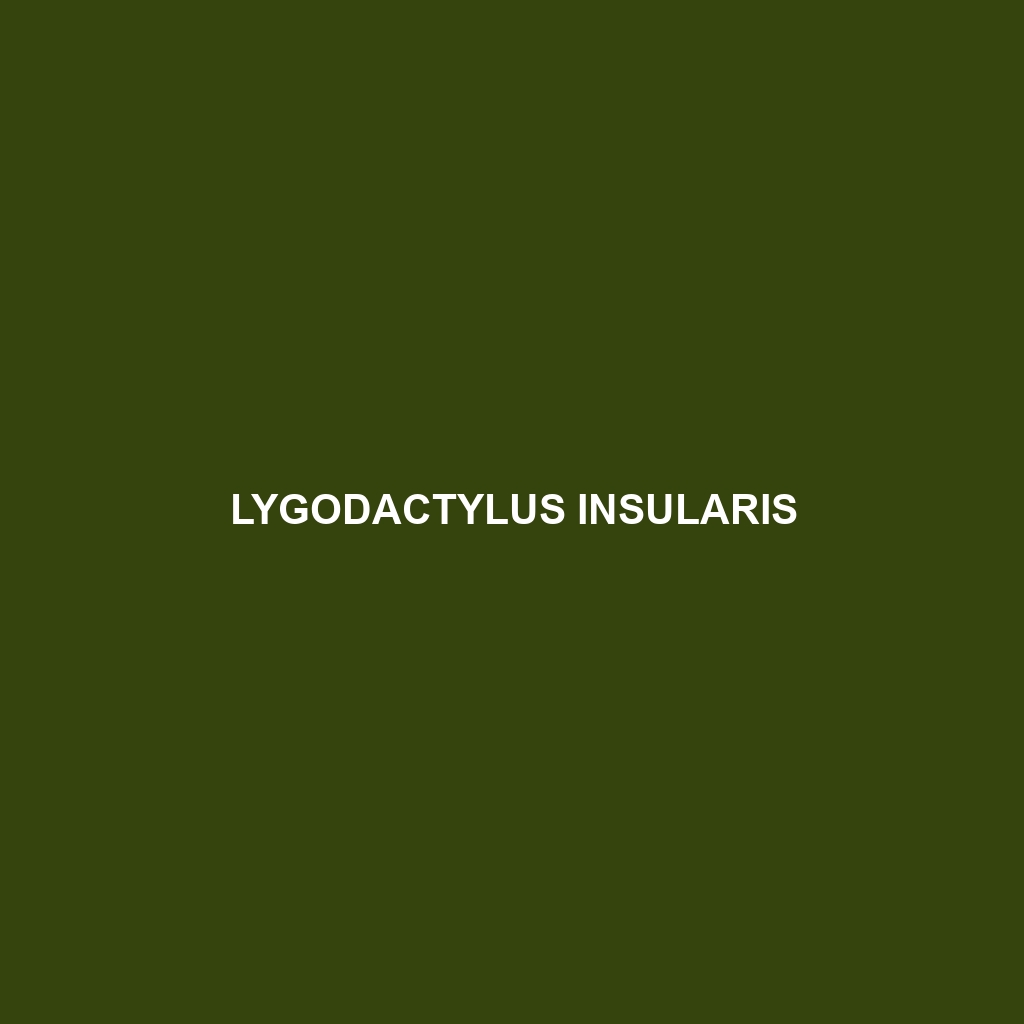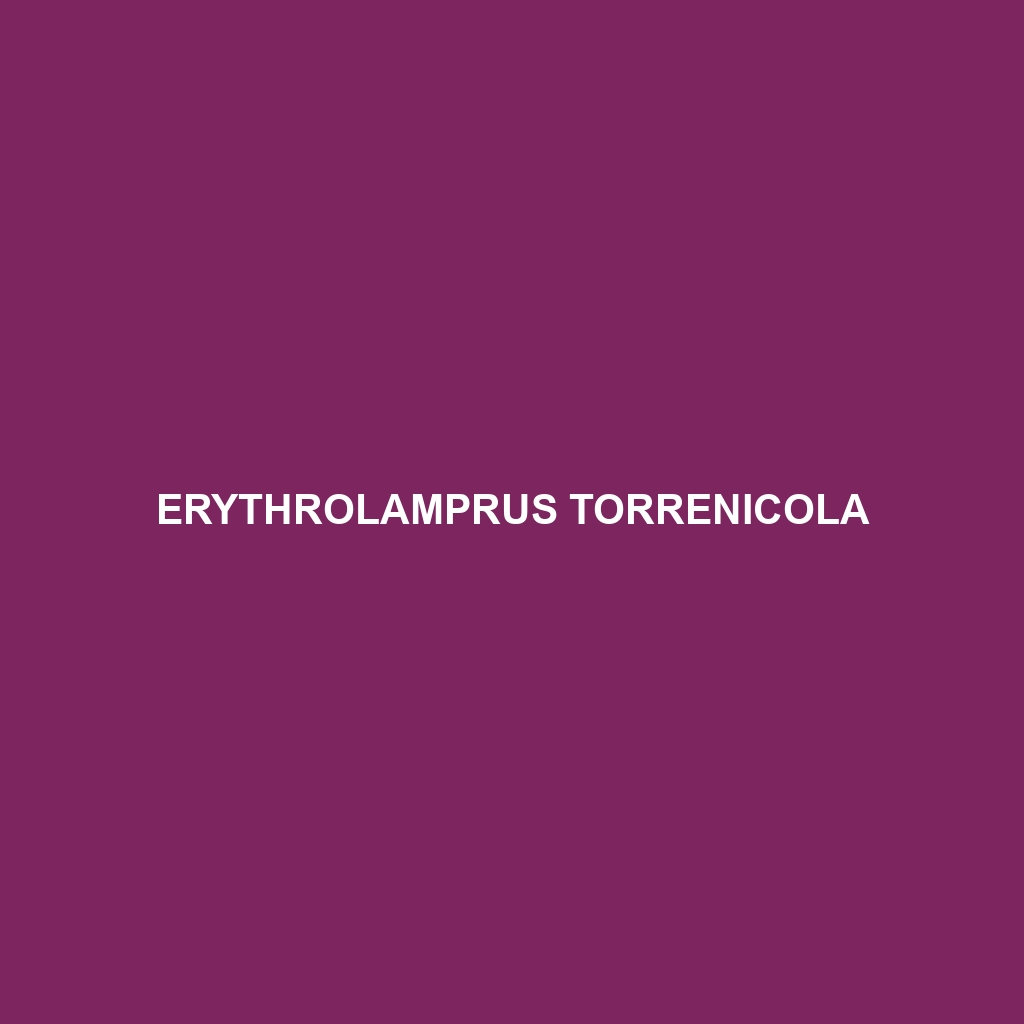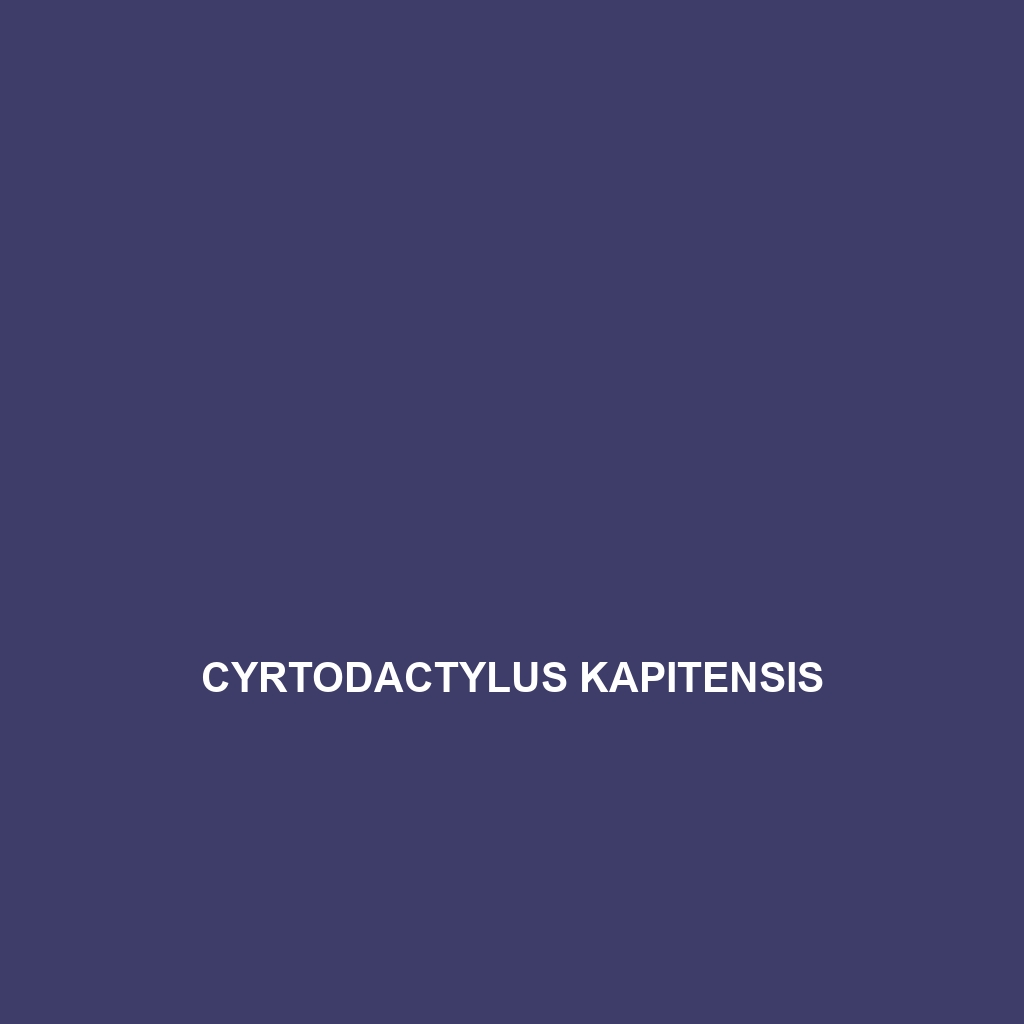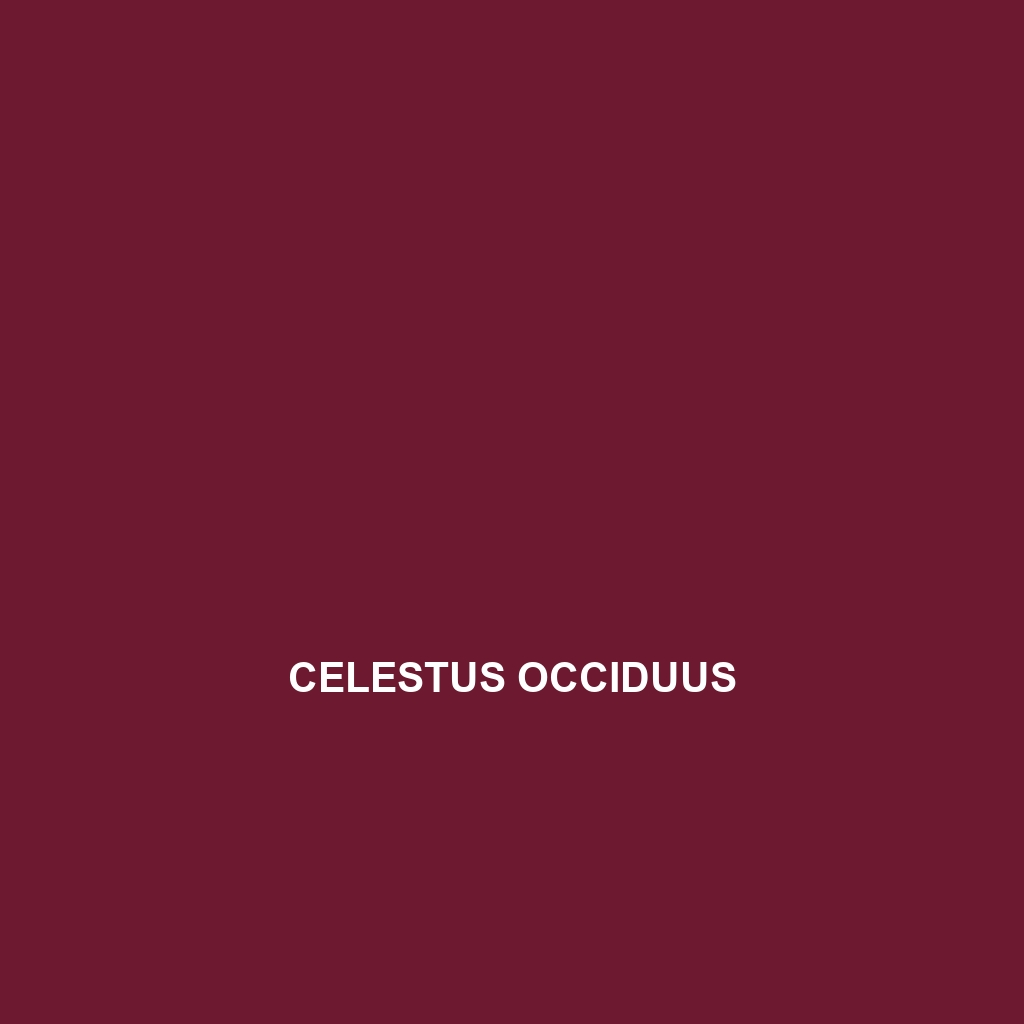Discover the fascinating <b>Polychrus gutturosus</b>, commonly known as the Green Anole. This vibrant lizard thrives in the tropical environments of Central and South America, features a remarkable dewlap for communication, and plays a vital role in regulating insect populations while exhibiting unique behaviors and adaptations for survival.
Tag: tropical environments
Polychrus gutturosus
Discover the fascinating <b>Polychrus gutturosus</b>, commonly known as the Green Anole. This vibrant lizard thrives in the tropical environments of Central and South America, features a remarkable dewlap for communication, and plays a vital role in regulating insect populations while exhibiting unique behaviors and adaptations for survival.
Phelsuma roesleri
<p>The <b>Phelsuma roesleri</b>, or Roesler’s Day Gecko, is a vibrant, diurnal species native to the rainforests of Madagascar, known for its striking green coloration adorned with blue and orange spots. This fascinating gecko plays a vital ecological role as an insectivore and pollinator while exhibiting unique social behaviors and adaptations for survival in its tropical habitat.</p>
Phelsuma klemmeri
<div class="woocommerce-product-details__short-description"> <p><b>Phelsuma klemmeri</b>, also known as Klemmer's Madagascar Day Gecko, is a vibrant, diurnal reptile native to Madagascar's rainforests, characterized by its striking green skin and distinctive black spots. This agile gecko, measuring 15-20 cm, contributes to its ecosystem by controlling insect populations and participating in pollination, while facing conservation challenges due to habitat destruction.</p> </div>
Nactus robertfisheri
Discover the unique Nactus robertfisheri, or Robert Fisher's skink, a vibrant insectivorous species thriving in coastal and tropical environments of the southwestern Pacific. Known for its remarkable tail regeneration and nocturnal behavior, this slender skink plays a vital role in maintaining ecological balance while exhibiting captivating color patterns and agile movements.
Lygodactylus insularis
Discover the vibrant Lygodactylus insularis, or island day gecko, a slender and colorful species native to the humid tropical environments of Madagascar and surrounding islands. This agile insectivore thrives in lush vegetation, showcasing unique adaptations such as adhesive pads for climbing and the ability to regenerate its tail.
Laticauda colubrina
The Laticauda colubrina, or yellow-lipped sea krait, is a semi-aquatic snake known for its striking black and yellow banded coloration and elongated body, reaching up to 1.5 meters. Thriving in tropical marine habitats, this carnivorous predator plays a vital role in its ecosystem by controlling fish populations.
Erythrolamprus torrenicola
Discover the Erythrolamprus torrenicola, or torrential snake, a striking rainforest inhabitant characterized by its vibrant colors and slender body, ranging from 60 to 90 centimeters. This nocturnal predator plays a vital role in regulating local ecosystems by feeding on small prey such as rodents and amphibians while adapting to both humid rainforests and savanna environments.
Cyrtodactylus kapitensis
Cyrtodactylus kapitensis, also known as the Kapit Bent-Toed Gecko, a medium-sized, nocturnal gecko native to the rainforests of Borneo, featuring brown and grey camouflage, specialized climbing toe pads, and a diet primarily consisting of insects. This species is currently classified as Vulnerable due to habitat loss, making conservation efforts vital for its survival.
Celestus molesworthi
Discover the vibrant <i>Celestus molesworthi</i>, a stunning snake native to the rainforests of St. Lucia and Dominica, known for its striking green to blue coloration, nocturnal behavior, and role in regulating insect populations within its ecosystem. This species, measuring 16 to 22 inches in length, is classified as vulnerable due to habitat loss, highlighting the importance of conservation efforts.

